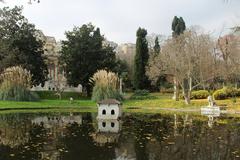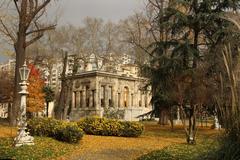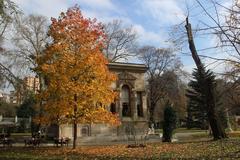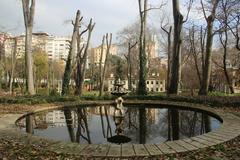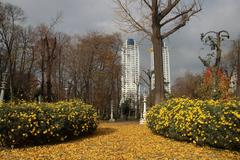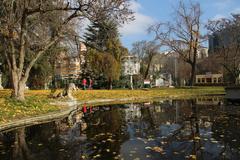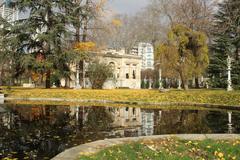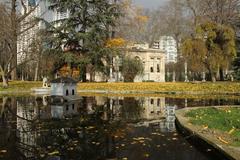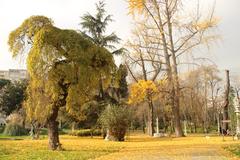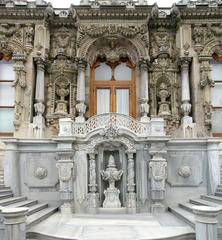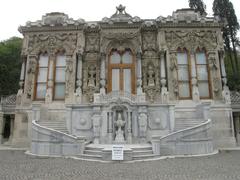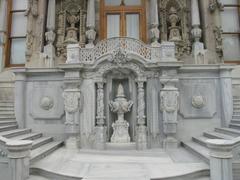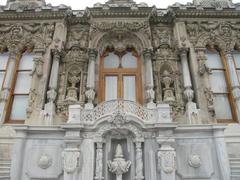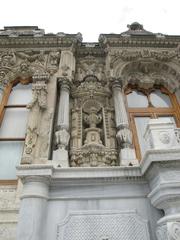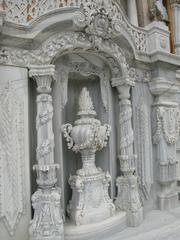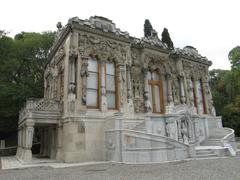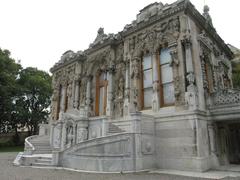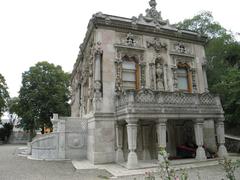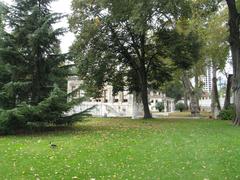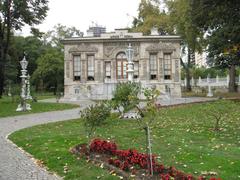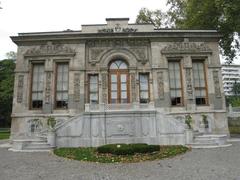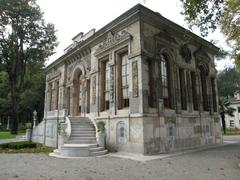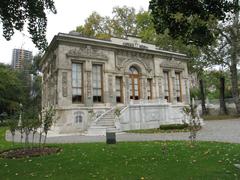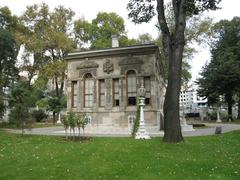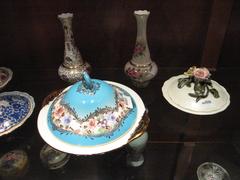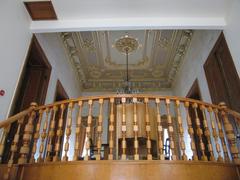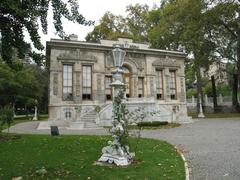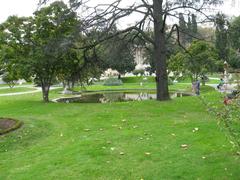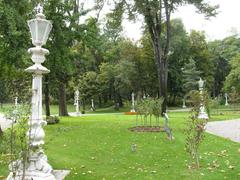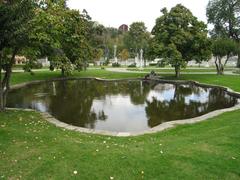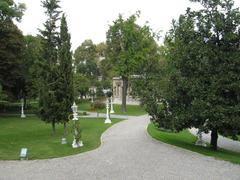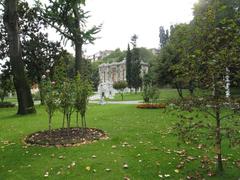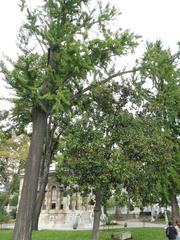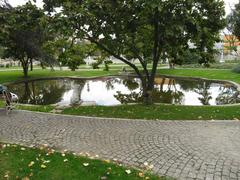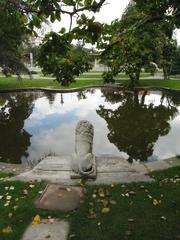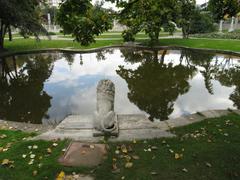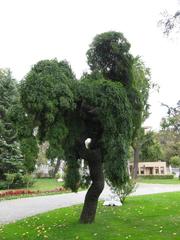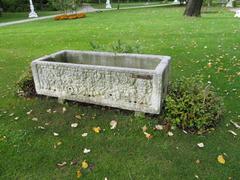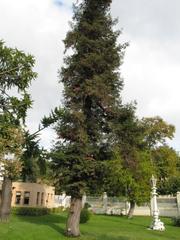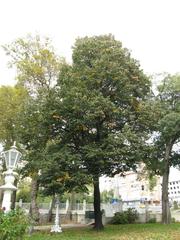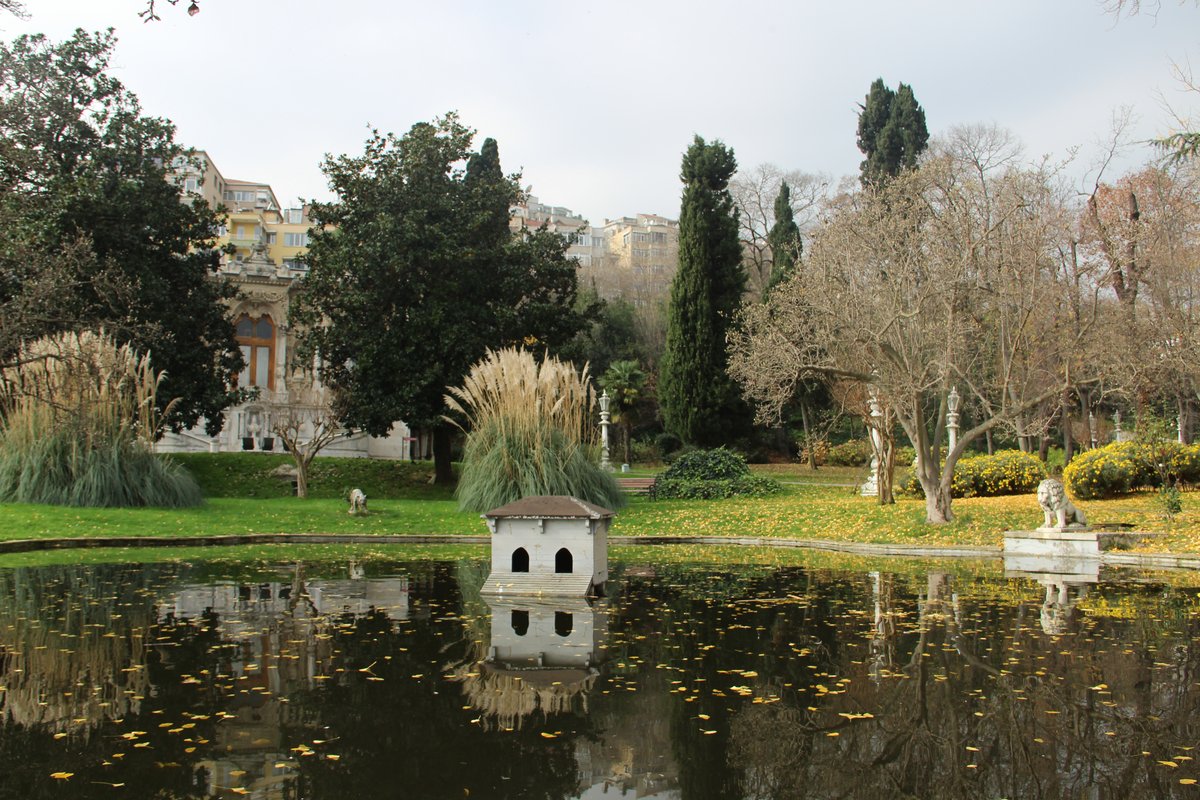
Ihlamur Palace: Visiting Hours, Tickets, and Historical Sites in Istanbul
Date: 14/06/2025
Introduction
Ihlamur Palace (Ihlamur Kasrı), nestled in the lively districts of Beşiktaş, Nişantaşı, and Şişli, stands as one of Istanbul’s most enchanting and significant historical sites. Built in the mid-19th century during the reign of Sultan Abdülmecid I, the palace exemplifies the elegance of Ottoman imperial leisure architecture and the cultural transformation of the Tanzimat reform era. Today, Ihlamur Palace offers a tranquil escape, inviting visitors to explore its lush gardens, ornate pavilions, and rich artistic heritage—a harmonious blend of Ottoman grandeur and Western influences (Istanbul Tourism Portal; GoTurkey Tourism).
Historical Background
Origins and Early Development
The area where Ihlamur Palace stands was originally a verdant valley filled with linden (ıhlamur) trees, serving as an imperial recreation ground during the 18th century. While Sultan Ahmed III first recognized the site’s leisure potential, it was Sultan Abdülmecid I who commissioned the transformation of the grounds into a formal palace complex between 1849 and 1855 (Istanbul Tourism Portal).
Construction and Architectural Vision
The palace complex was designed by the renowned architect Nigoğayos Balyan, a member of the illustrious Balyan family responsible for many of Istanbul’s iconic 19th-century buildings. The site comprises two main structures:
- Merasim Köşkü (Ceremonial Pavilion): The grand and ornate main building, used for official functions and royal receptions.
- Maiyet Köşkü (Retinue Pavilion): A more modest structure for the Sultan’s family and entourage.
The architecture reflects a unique synthesis of Ottoman motifs and Western Baroque and Rococo styles, emblematic of the Tanzimat period’s modernization drive (GoTurkey Tourism; Istanbul Life).
Role in Ottoman and Republican Eras
Ihlamur Palace served not only as a seasonal retreat and hunting lodge but also as a venue for picnics, poetry readings, and musical gatherings—symbols of Ottoman elite culture. Distinguished guests, including French poet Alphonse de Lamartine, lauded its gardens and ambiance (Istanbul Metropolitan Municipality). After the fall of the Ottoman Empire, the palace was transferred to the Turkish Grand National Assembly and later to the Directorate of National Palaces, opening its doors to the public as a museum (National Palaces).
Architectural and Artistic Features
Merasim Köşkü (Ceremonial Pavilion)
- Exterior: Baroque-inspired façade with elaborate stonework, curved lines, and decorative reliefs.
- Grand staircase: A sweeping baroque staircase leads to the entrance.
- Interior: Features gilded ceilings, ornate stucco, crystal chandeliers, original parquet floors, and period furnishings. The rooms are adorned with Western-style decorative arts and intricate reliefs (topkapi-palace.com; Istanbul Life).
Maiyet Köşkü (Retinue Pavilion)
- Design: Simpler, with a traditional Ottoman layout—central hall and four corner rooms.
- Decoration: Features colorful stucco mimicking marble and functional, elegant spaces (nomadicniko.com).
Gardens and Landscape
The palace is enveloped by beautifully landscaped gardens with linden and plane trees, ornamental pools, and winding paths—evoking European pleasure gardens and Ottoman landscape artistry. Historic archery stones mark the site’s use for imperial leisure activities (triphobo.com; istanbul.com).
Visiting Ihlamur Palace: Hours, Tickets, and Accessibility
Opening Hours
- Tuesday to Sunday: 09:00–17:00 (last entry 16:30)
- Closed on Mondays and public holidays
- Hours may vary seasonally; check the official site before visiting.
Ticket Information
- General Admission: ~60 TRY (as of June 2025)
- Discounts: Available for students, teachers, seniors (with valid ID)
- Children: Free for ages 6 and under
- Purchase: At the entrance or online (WhichMuseum)
- Tourist Passes: Some museum cards may grant entry—check your pass details.
Accessibility
- Wheelchair-accessible main garden pathways and ground floors
- Some interior spaces have steps and narrow doorways; contact ahead for specific needs
Getting There
- Public Transport: Bus lines to Beşiktaş or Nişantaşı; closest metro: Osmanbey (M2 line), 15–20 min walk
- Taxi/Ride Share: Widely available
- Parking: Limited near the palace
Amenities
- Restrooms, café, gift shop, and seating areas available on site
- Audio guides and printed materials (subject to availability)
Unique Visitor Experiences
- Guided Tours: Private tours can be arranged; audio guides may be available at the entrance (nomadicniko.com)
- Cultural Events: Occasional classical concerts, art exhibitions, and workshops (Istanbul Life)
- Photography: Permitted in gardens and exterior areas; interior photography may be restricted—check posted signs
Recommended Photo Spots
- Ornate façade and grand entrance of the Merasim Köşkü
- Winding garden paths with centuries-old linden trees
- Ornamental pools and tranquil garden views
- Decorative ceilings and crystal chandeliers in the pavilions
Visitor Tips
- Best Time to Visit: Weekday mornings in spring or autumn for fewer crowds and blooming gardens
- Duration: Allow 1–2 hours for a complete visit
- Dress Comfortably: For walking in gardens and uneven areas
- Etiquette: Respect historic furnishings, maintain quiet indoors, and supervise children
Nearby Attractions and Itineraries
- Dolmabahçe Palace: Grand Ottoman palace on the Bosphorus (~2 km away)
- Nişantaşı: Upscale district with shopping and dining options
- Maçka Park: Green space adjacent to the palace for a leisurely stroll
Suggested itinerary: Morning at Ihlamur Palace → lunch in Nişantaşı → afternoon at Dolmabahçe Palace or Maçka Park.
FAQs
Q: What are the Ihlamur Palace visiting hours?
A: Open Tuesday to Sunday, 09:00–17:00; closed Mondays and public holidays.
Q: How much are tickets?
A: General admission is approximately 60 TRY; discounts for students, teachers, and seniors.
Q: Is the palace wheelchair accessible?
A: The gardens and ground floor are accessible; some historic interiors have limited access.
Q: Can I take photos inside?
A: Photography is allowed in gardens and exteriors; restrictions may apply inside to protect artifacts.
Q: Are guided tours available?
A: Private and audio-guided tours may be available; inquire at the entrance or in advance.
Summary and Recommendations
Ihlamur Palace is a captivating testament to Istanbul’s imperial history, architectural splendor, and cultural transformation during the 19th-century Tanzimat period. Visitors are welcomed to explore its richly decorated pavilions, stroll through tranquil gardens, and partake in guided tours or cultural events that celebrate Ottoman art and heritage (National Palaces; Istanbul Life). Its accessibility, reasonable ticket prices, and central location make it a must-visit for anyone interested in the city’s history.
To enrich your experience, consider pairing your visit with nearby attractions and using digital resources like the Audiala app for interactive guides and updates.
